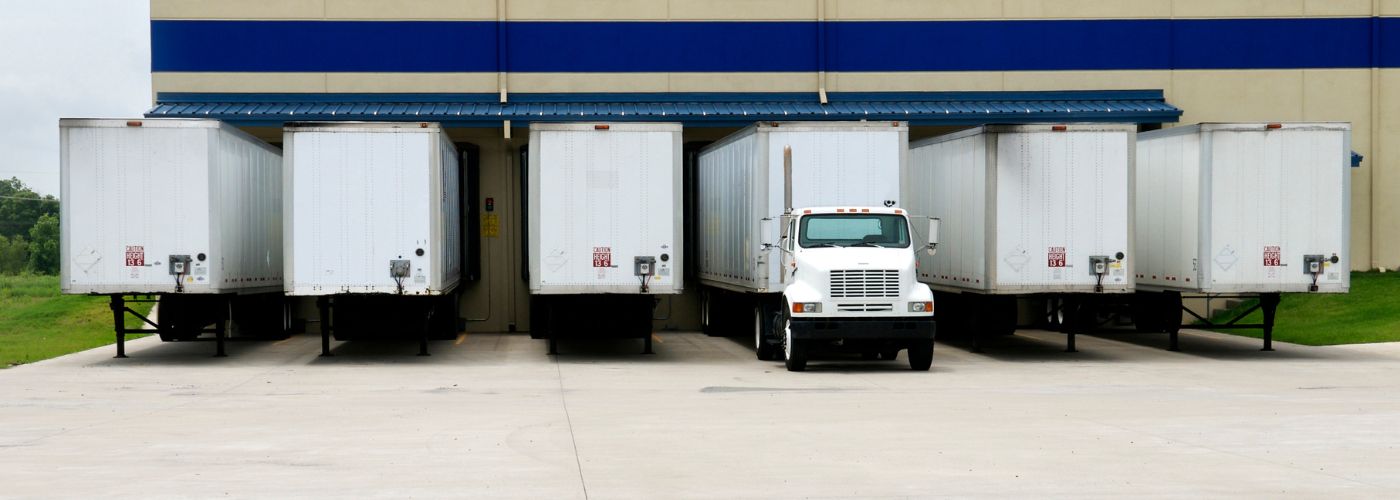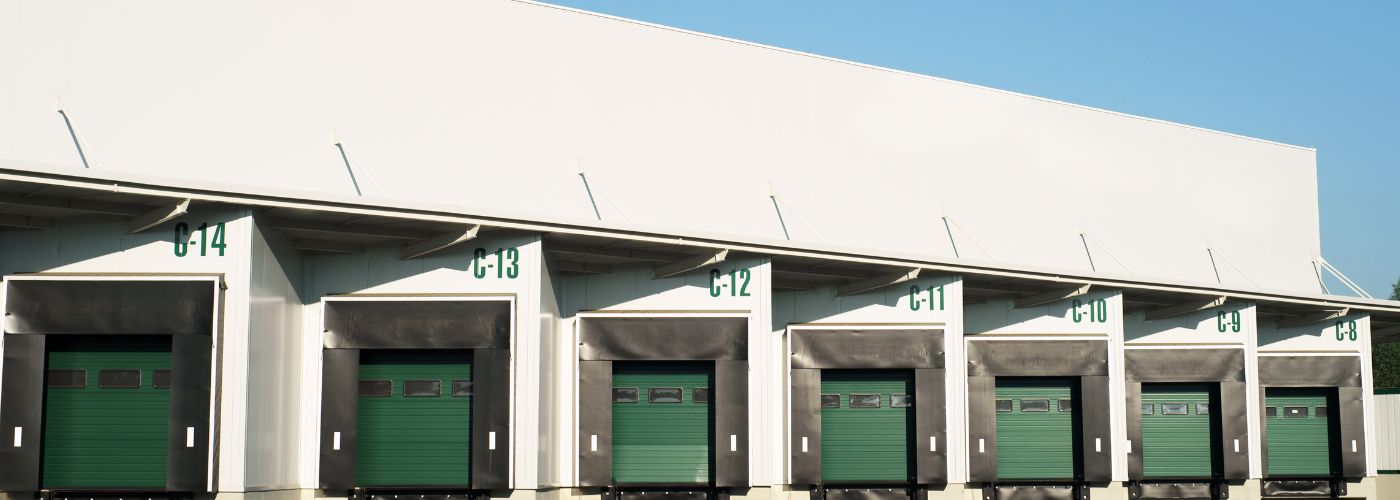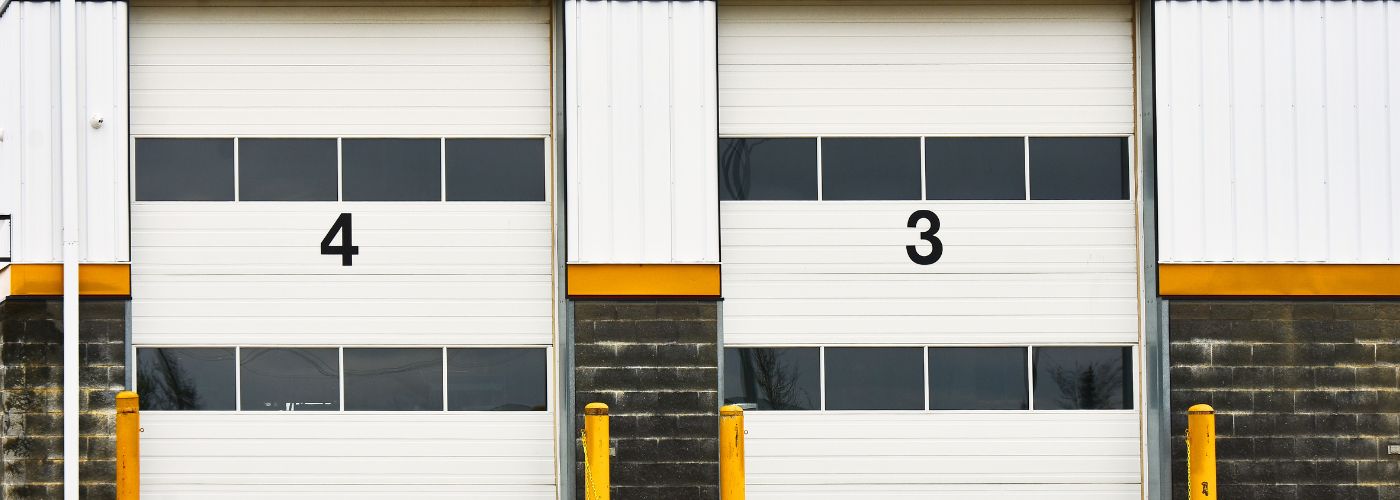Loading docks are crucial for any business that deals with shipping and receiving goods. However, many loading docks struggle with inefficiencies that can lead to costly delays, safety hazards, and lost productivity. We’ll explore some simple strategies for increasing efficiency in your loading dock!
How Can I Increase Productivity In My Loading Dock?
Many managers struggle with increasing productivity with their loading dock. There are several things that can be done to improve efficiency and maximize output.
One way to increase productivity in the loading dock is by optimizing workflow. This means establishing clear procedures for receiving and processing shipments, organizing inventory, and preparing orders for shipment.
By streamlining these processes, workers can move quickly and efficiently through their tasks.
Another key factor in improving productivity is ensuring that the loading dock equipment and technology are up-to-date and functioning properly. This includes everything from forklifts and pallet jacks to barcode scanners and computer systems.
Investing in new equipment or upgrading existing technology can help reduce downtime due to malfunctions or breakdowns, allowing workers to focus on their tasks without interruption.
Lastly, improve efficiency in the loading dock is by using equipment that helps streamline the loading and unloading process. For example, a dock-high stacker can reduce the amount of time workers spend lifting heavy boxes off trucks, resulting in fewer injuries and more productive employees.
Popular Energy Efficient Overhead Doors
Energy efficiency has become a buzzword in recent times and for good reason. With the increasing demand for responsible energy consumption, more people are opting for energy-efficient products, including overhead doors. These types of doors not only reduce energy bills but also contribute to a sustainable environment.
One of the popular options when it comes to energy-efficient overhead doors is insulated garage doors. These doors have an added layer of insulation that provides better temperature control and reduces heat transfer. As a result, they help keep your loading dock cool in summer and warm in winter while preventing expensive air leaks.
Another type of energy-efficient overhead door is a high-speed roll-up door. It’s ideal for businesses that require constant opening and closing the door throughout the day as it quickly opens and closes to maintain interior temperatures. The fast action prevents drafts from entering or escaping the building, resulting in lower costs and overhead door repair costs.
What’s Better Chain Driven Or Automatic Overhead Doors?
When it comes to choosing the best type of garage door for your home or business, there are two main options: chain-driven and automatic overhead doors. Both have their advantages and disadvantages, and deciding which one is better depends on your specific needs.
Chain-driven doors are usually less expensive than automatic overhead doors, making them a popular choice for those on a budget. However, they can be noisy and require regular maintenance to keep them functioning properly.
They also tend to wear out faster than automatic doors because of the constant movement of the chain.
On the other hand, automatic overhead doors offer convenience and ease of use with just a push of a button. They are often more durable than chain-driven doors and require less maintenance in the long run.
Automatic doors can also feature safety features such as sensors that prevent accidents or injuries from occurring during operation.
How Can I Improve Loading Efficiency?
One way to improve efficiency is by implementing a proper scheduling system. Scheduling helps ensure that the right personnel and equipment are available when needed.
It also allows for better coordination between different departments within your organization. Having a set schedule will prevent delays caused by trucks arriving at the same time or not having enough space on the dock for all deliveries at once.
Additionally, scheduling helps identify any potential issues in your operations so that you can address them before they become major issues.
Another strategy for improving loading dock efficiency is automation. Automated systems like conveyor belts, forklifts, and robotic palletizers can significantly reduce manual labor requirements while increasing speed and accuracy.
Furthermore, automated systems help minimize errors caused by human error or fatigue. Consider building a dock-door system that allows for automated loading. This enables pallets to be automatically loaded into trailers or vans without human intervention.
These are just a few examples of how you can streamline your shipping and receiving processes and create an efficient, streamlined process for incoming orders and outgoing shipments.
Lastly, make sure the loading dock area is well-organized and free from clutter. This will help workers move around more easily and reduce the chances of accidents or damage to products. You should also consider investing in equipment like pallet jacks, forklifts, or conveyor belts to speed up the loading process.


